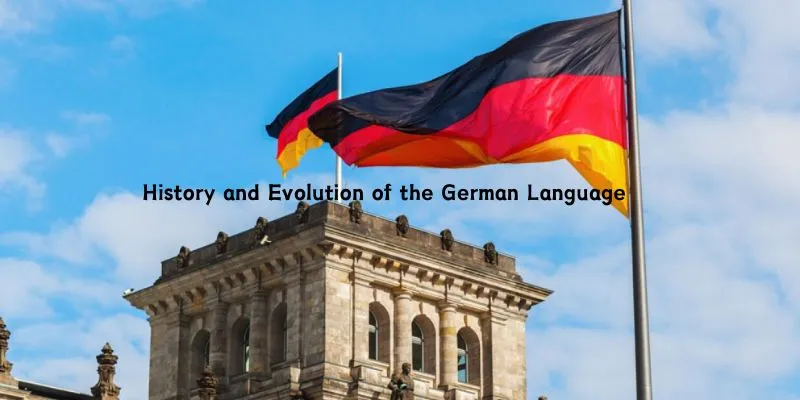With its rich history and complex evolution, the German language is a fascinating subject for linguists and language enthusiasts alike. From its early beginnings to its current status as one of the most influential languages in Europe, German has undergone significant transformations. Understanding the history and evolution of German provides valuable insights into its structure, vocabulary, and cultural significance. German Classes in Bangalore provide expert guidance and resources to enhance your digital learning journey.
Early Beginnings and Germanic Roots
The origin of the German language can be traced to the early Germanic tribes that populated regions of modern-day Germany, Scandinavia, and other Northern European areas. These tribes spoke Proto-Germanic, the common ancestor of all Germanic languages. Proto-Germanic evolved from the Indo-European language family, originating in many European and Asian languages.
Old High German Period
The Old High German (OHG) period, roughly 500 to 1050 AD, marks the first significant stage in developing the German language. During this time, various dialects emerged, influenced by the migration and settlement patterns of different Germanic tribes. The Christianization of the Germanic peoples also played a crucial role, as Latin introduced new vocabulary and writing systems.
Middle High German and Literary Flourishing
The Middle High German (MHG) period, from about 1050 to 1350, saw language standardisation, particularly in literature and poetry. This era is notable for the flourishing of German literature, with works like the Nibelungenlied and the poetry of Walther von der Vogelweide. MHG was characterized by a more uniform grammar and vocabulary, influenced by increased interaction among German-speaking regions. German Classes in Marathahalli provide thorough training led by seasoned educators and certifications, complementing the interactive learning gained through language exchange platforms.
Early New High German and the Printing Revolution
The transition to Early New High German (ENHG) began around 1350 and continued until 1650. This period was marked by significant phonological and grammatical changes, setting the stage for the modern German language. Johannes Gutenberg’s invention of the printing press in the mid-15th century had a profound impact on the German language. It facilitated the spread of standardized texts and contributed to the unification of various dialects.
Modern German: Standardization and Global Influence
The Modern German period began around 1650 and continues to the present day. The publication of Martin Luther’s Bible translation in the 16th century was a pivotal moment in the standardization of the German language. Making it more accessible to the general populace. Throughout the 19th and 20th centuries, additional efforts were made to standardize the German language, especially in the realms of education and media, resulting in the emergence of Standard German, also known as Hochdeutsch.
The history and evolution of the German language reflect the dynamic interplay of social, cultural, and technological forces over centuries. From its early Germanic roots to its current status as a major global language, German has continually adapted and transformed. Understanding its history enriches our appreciation of its complexity and role in shaping European and global culture. As we progress, the German language will undoubtedly continue evolving, influenced by ongoing cultural exchanges and technological advancements. For those seeking structured guidance and personalized instruction, the Foreign Language Institute in Bangalore offers invaluable assistance and resources to enrich your online learning experience.

